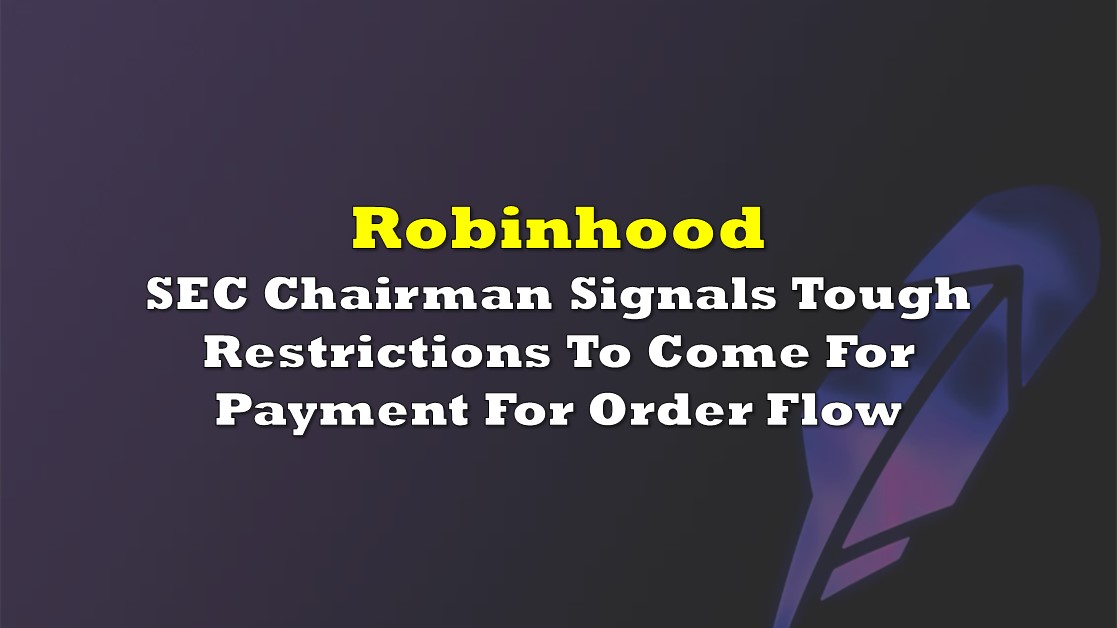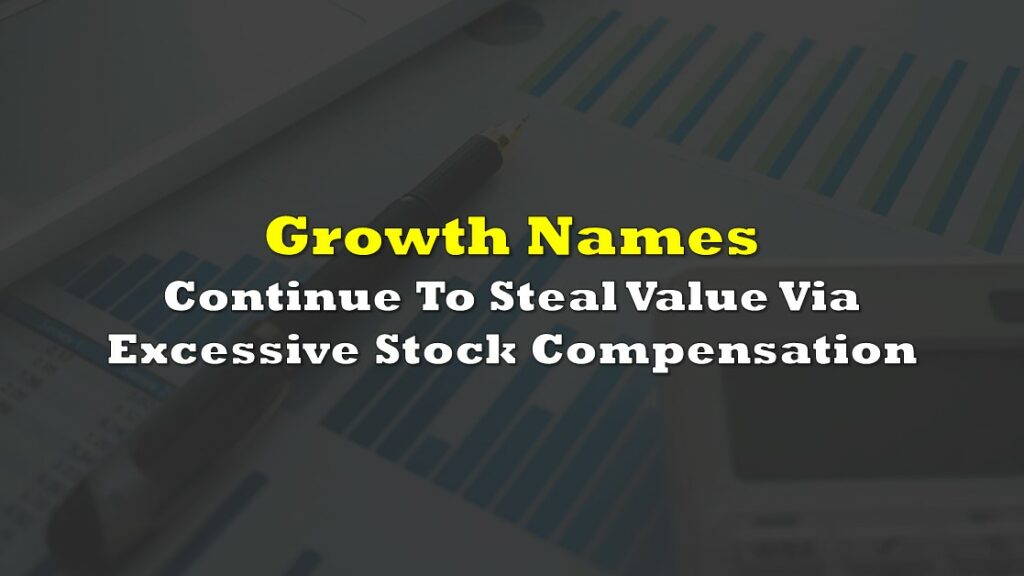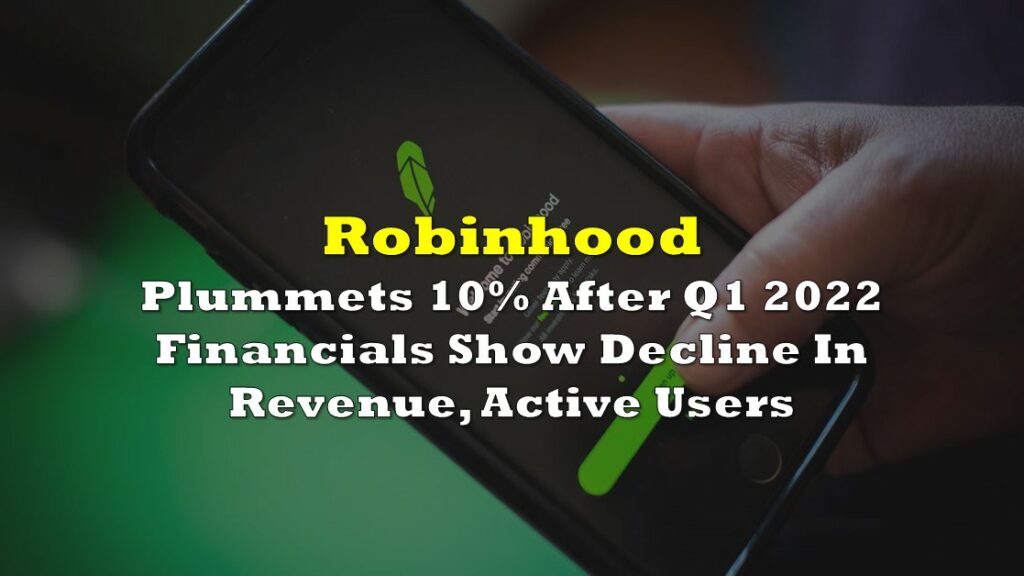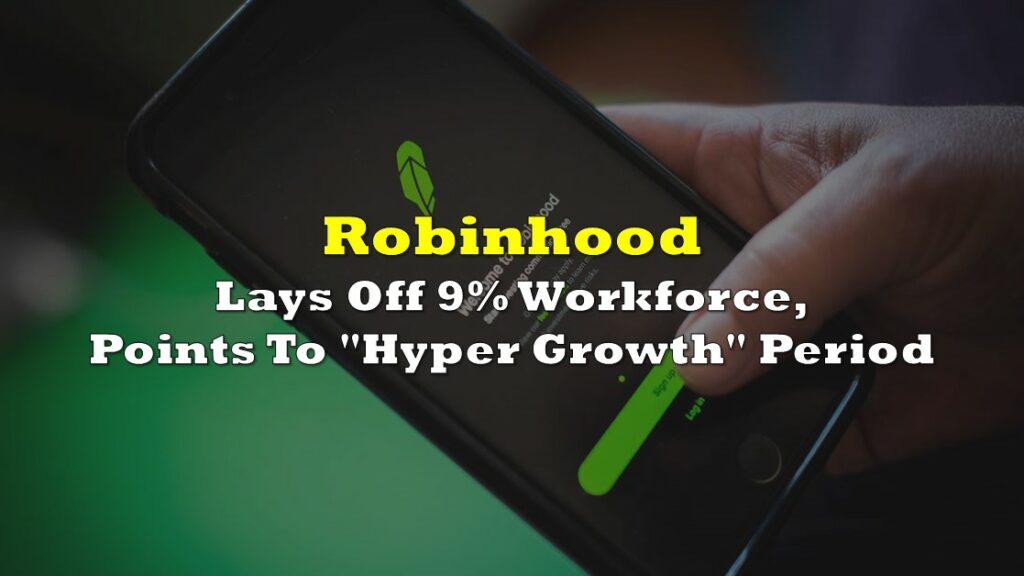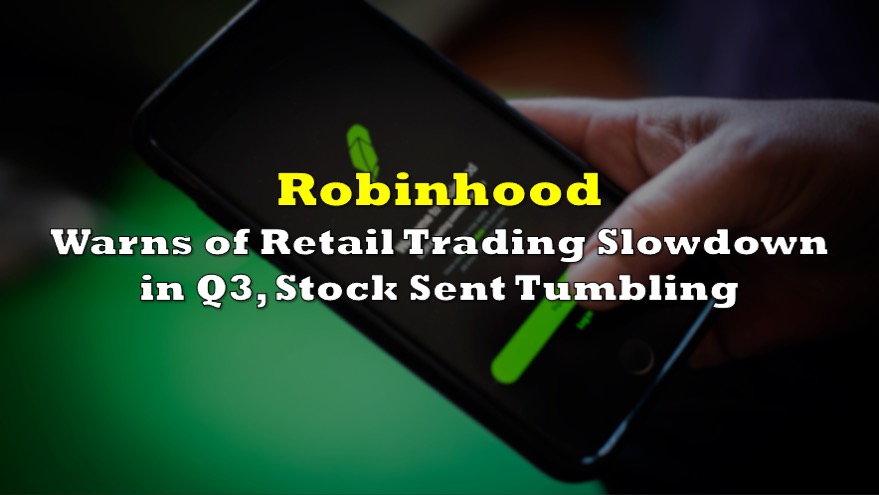In a speech he delivered last week, U.S. SEC Chairman Gary Gensler continued his blistering attacks on the popular online brokerage firm practice of payment for order flow (PFOF) and, most importantly, signaled that he plans to make it more difficult for firms like Robinhood Markets, Inc. (NASDAQ: HOOD) to continue to rely on the trade routing methodology that accounts for well over half its revenue.
Under PFOF, an online brokerage firm directs clients’ — primarily retail investors’ — orders to market makers in exchange for fees. The PFOF technique, which allows Robinhood to charge no commissions, is derided by full-service (commission-charging) brokers who contend that the practice results in a less favorable transaction price for the online broker’s clients.
Mr. Gensler has asked his SEC staff “to take a holistic, cross market view of how we could update our rules and drive greater efficiencies in our equity markets, particularly for retail investors.” In turn, sometime this fall the SEC may require online brokers to send individual customer orders to auctions, where trading firms (also termed market makers or wholesalers) compete to fill the order at the best price, instead of sending the orders to a preferred market maker which agrees to pay it the most fees. A market maker buys and sells stocks throughout the day and makes a profit from the difference in the buying and selling prices of the securities.
Trading firms such as Citadel Securities and Virtu Financial, which pay fees to online brokers for order flow instead of competing for it, can generate more profits by executing retail orders internally than doing so on public exchanges.
Almost certainly, online brokers who engage in PFOF and market makers who make outsized profits as recipients of that business will fight to alter or at least delay Mr. Gensler’s coming proposal. Given the money involved and the financial strength of the affected firms, this should come as no surprise. After all, this rule would represent perhaps the biggest change in U.S. market rules in ten years or more.
Given this uncertainty as well as the market’s new found lack of tolerance for (formerly) high-growth, money-losing companies, Robinhood shares have fallen to US$7.81, down more than 90% from peaks seen last August. Interestingly, Robinhood’s stock market capitalization has shrunk to around US$6.5 billion, only US$500 million more than its net cash position (as of March 31, 2022) of about US$6 billion.
| (in thousands of US dollars, except otherwise noted) | 1Q 2021 | 4Q 2021 | 3Q 2021 | 2Q 2021 |
| Cumulative Funded Accounts (millions) | 22.8 | 22.7 | 22.4 | 22.5 |
| Sequential Growth | 0.4% | 1.3% | -0.4% | 25.0% |
| Monthly Active Users (millions) | 15.9 | 17.3 | 18.9 | 21.3 |
| Sequential Growth | -8.1% | -8.5% | -11.3% | 20.3% |
| Assets Under Custody (US$ billions): | ||||
| Equities | $69 | $72 | $69 | $73 |
| Options | $1 | $2 | $1 | $2 |
| Cryptocurrencies | $20 | $22 | $22 | $23 |
| Net Cash Held by Users | $4 | $2 | $3 | $4 |
| Assets Under Custody (US$ billions) | $93 | $98 | $95 | $102 |
| Sequential Growth | -5.1% | 3.3% | -6.9% | 25.9% |
| Average Account Balance (US$) | $4,083 | $4,322 | $4,241 | $4,533 |
| Sequential Growth | -5.5% | 1.9% | -6.4% | 0.7% |
| Average Revenue Per User (US$) | $53 | $64 | $65 | $112 |
| Sequential Growth | -17.2% | -1.5% | -42.0% | -18.2% |
| Options PFOF Revenue | $127,000 | $163,000 | $164,000 | $164,604 |
| Cryptocurrency PFOF-Type Revenue | $54,000 | $48,000 | $51,000 | $233,103 |
| Equities PFOF Revenue | $36,000 | $52,000 | $50,000 | $52,012 |
| Other PFOF Revenue | $1,000 | $1,000 | $2,000 | $1,448 |
| PFOF or PFOF-Type Revenue | $218,000 | $264,000 | $267,000 | $451,167 |
| All Other Revenue | $81,000 | $99,000 | $98,000 | $114,166 |
| Net Revenue | $299,000 | $362,713 | $365,000 | $565,333 |
| Sequential Growth | -17.6% | -0.6% | -35.4% | 8.3% |
| Adjusted EBITDA | ($143,000) | ($86,844) | ($83,999) | $90,173 |
| Cash | $6,191,000 | $6,253,477 | $6,166,705 | $5,077,752 |
| Debt – Period End | $203,000 | $151,000 | $0 | $7,369,522 |
| Shares Outstanding (millions) | 869.8 | 863.9 | 835.7 | 225.8 |
Robinhood is running a huge operating cash flow deficit, negative US$224 million over the twelve months ended March 31, 2022. Furthermore, it is conceivable this twelve month deficit could approximately double when the company reports its 2Q 2022 results. Without a clear path to profitability – particularly given potential SEC initiatives to be announced in a few months – Robinhood’s stock market capitalization could move well below the net cash on its balance sheet.
Robinhood Markets, Inc. last traded at US$7.19 on the NASDAQ.
Information for this briefing was found via Edgar and the sources mentioned. The author has no securities or affiliations related to the organizations discussed. Not a recommendation to buy or sell. Always do additional research and consult a professional before purchasing a security. The author holds no licenses.

